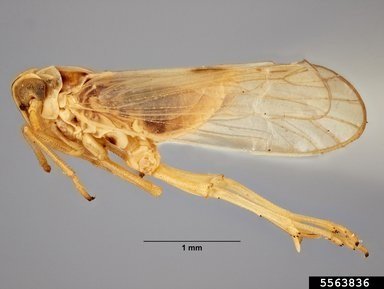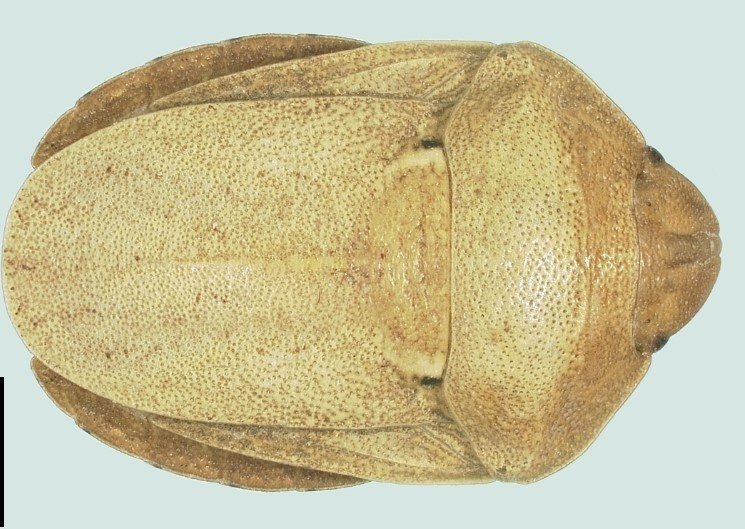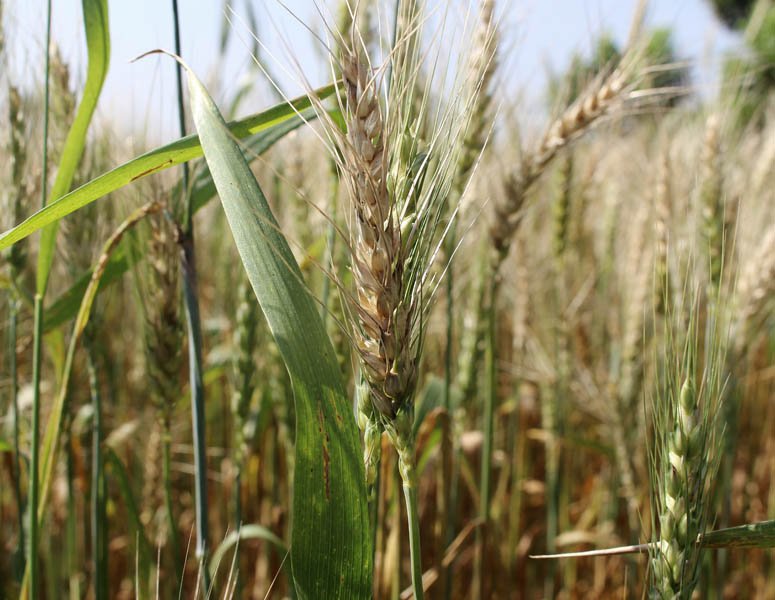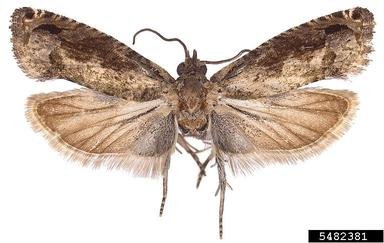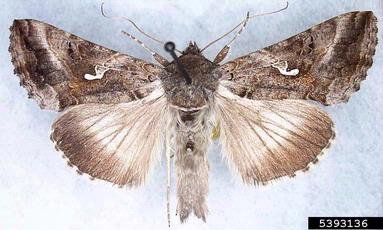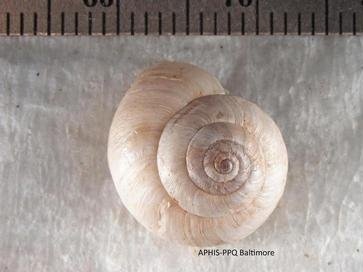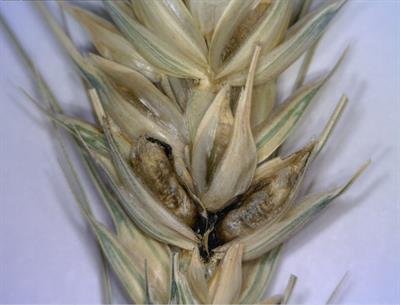Idaho In Action / Regulated and Invasive Insect Pest/ Additional Info
The Cooperative Agricultural Pest Survey (CAPS)
Program in Idaho Agriculture
What is The Caps Program?
The Cooperative Agricultural Pest Survey Program (CAPS) is a federal program coordinated by the United States Department of Agriculture (USDA) Animal and Plant Health Inspection Service (APHIS) Plant Protection and Quarantine (PPQ) in collaboration with state departments of agriculture, universities and other entities. The CAPS Program provides funding and support for the state partners to conduct science-based surveys for exotic plant pests, diseases and weeds that have been identified as threats to U.S. agriculture and facilitates early detection, rapid response and management actions needed to address introduced pests that threaten US agricultural and natural ecosystems.
For many years, the Idaho State Department of Agriculture (ISDA) has partnered with CAPS to protect Idaho agriculture from introductions of high risk invasive pests that could damage Idaho crops and forests and negatively impact export activities.
Each year ISDA enters into cooperative agreements with USDA APHIS PPQ for funding to detect invasive pests. Surveys conducted through the CAPS Program in Idaho fields, forests, plant nurseries and urban areas represent an important line of defense against the entry and establishment of new harmful plant pests and weeds.
Grain COMMODITY SURVEY
Wheat, which is grown in 42 of Idaho’s 44 counties, is the No. 2 crop in Idaho in terms of total farm-gate revenue with its largest production areas in the eastern part of the state and the north central Palouse region. Nationally Idaho ranks ninth for wheat and wheat product exports. In 2022, Idaho farmers harvested approximately 1.1 million acres of wheat, which produced 81 million bushels of spring wheat and 90 million bushels of winter wheat with a combined production value of $759 million.
The success of the Idaho wheat industry depends greatly on its ability to export product to external markets, including the Asian market where a significant amount of the soft white wheat grown in the state is used in pastry and noodle making. Wheat production in Idaho creates jobs and income, not only in the production process but also in the transportation, storage and input supply industries as well as by flour milling and malt processing in the state. On wheat, like all agricultural crops, a complex of established insect pests exists in Idaho which contains, among others, Hessian fly, wheat curl mite, a complex of six species of aphids, cereal leaf beetle, wheat stem sawfly, grasshoppers, plant bugs, wheat headworm, wheat jointworm, wheat strawworm, wheat stem maggot, wireworms, and army cutworm. Idaho farmers routinely inspect for these pests and treat when found at levels that may have an economic impact. To be proactive periodically surveys for other potential pests, not currently found in the state, are undertaken by the Idaho State Department of Agriculture.
During 2024 ISDA will conduct a trapping survey in the following 16 counties: Ada, Bingham, Bonneville, Canyon, Cassia, Elmore, Fremont, Gooding, Idaho, Jefferson, Madison, Minidoka, Owyhee, Power, and Twin Falls. The pests of concern are: Old World Bollworm and Small Brown Planthopper. Traps will be set out in May and serviced by ISDA field staff every two weeks. ISDA will also conduct two visual surveys, for Cochlicellid Snail, Maritime Garden Snail, Sunn Pest and Wheat Blast. The first visual survey will occur in June and the final one in July. This survey will run for approximately three months.
soybean COMMODITY SURVEY
In Idaho, soybeans are an emerging crop that falls under the umbrella of dry bean farming. Approximately 70 percent of the state’s 50,000 acres of dry beans are grown for seed and Idaho is the nation’s leader in dry bean seed production because of strict guidelines that require imported seed to be serology tested and certified as disease-free before it can be planted.
Since 2018, when Idaho’s bean rule permitted growing of soybean in Idaho, approximately 22 acres of soybeans have been grown in the bean seed production areas, specifically within the Treasure Valley and Magic Valley regions of the state.
During 2024 ISDA will conduct a trapping survey in the following 5 counties: Canyon, Cassia, Jerome, Owyhee and Twin Falls. The pests of concern are Bud Borer and Silver Y Moth. Traps will be set out in mid-June and checked by ISDA field staff every two weeks. ISDA will also conduct two visual surveys, for Maritime Garden Snail, and Yellow Witchweed. The first visual survey will occur in mid-July and the final one in August. This survey will run for approximately three months.
KARNAL BUNT SURVEY
In the Gem State wheat is grown in 42 of 44 Idaho counties, is the No. 2 crop in Idaho in terms of total farm-gate revenue with its largest production areas in the eastern part of the state and the north central Palouse region. Idaho ranks fifth nationally in production of all U.S. wheat. In 2022, Idaho farmers harvested approximately 1.1 million acres of wheat, which produced 81 million bushels of spring wheat and 90 million bushels of winter wheat with a combined production value of $759 million.
The success of the Idaho wheat industry depends on its ability to export product to external markets, including the Asian market where a significant amount of the soft white wheat grown in the state is used in pastry and noodle making. The occurrence of Karnal Bunt (KB), a seed-borne fungal disease that was first identified in India in 1931, would adversely impact the state's export markets and give rise to major regulatory actions. Karnal Bunt was detected in the United States in March 1996 in durum wheat seed by the Arizona Department of Agriculture. A KB-free designation for the state of Idaho's wheat crop is critical to the industry's well-being since a high percentage of the wheat from Idaho is shipped or distributed to export markets, and many countries have a zero tolerance for KB in import shipments.
During 2024 ISDA inspectors plan to collect 60 grain samples from the following 19 counties: Bannock, Bear Lake, Bingham, Blaine, Boundary, Canyon, Cassia, Clearwater, Elmore, Fremont, Jefferson, Lewis, Lincoln, Madison, Nez Perce, Owyhee, Power, Teton, and Washington. Sampling will start when grain harvest begins (typically in mid-July) and finish by October. The samples will be tested by USDA for the presence of KB.
+ Photo Credits
Banner: (Soybean Field ) Pixabay.com, Photos: (Old World Bollworm)Gyorgy Csoka, Hundary Forest Research Institute, Bugwood.org/ (Small Brown Planthopper)Paul Langlois,USDA APHIS PPQ, Bugwood.org/(Sunn Pest))Natasha Wright, Braman termite & Pest Elimination, Bugwood.org/ (Cochlicellid Snail)www.Flickr.com,Ferran Turmo Gort, CCBY-NC-SA 2.0 DEED/ (Maritime Garden Snail)Charles Olsen, USDA APHIS PPQ, Bugwood.org/(Wheat Blast)www.Plantwise.org, Professor MD. Tofazzal Isalm/ (Bud Borer)Todd M. Gilligan & Marc E. Epstein, USDA APHIS PPQ, Bugwood.org/(Silver Y Moth) Julieta Brambila, USDA APHIS PPQ,Bugwood.org / (Maritime Garden Snail) James D Young, USDA APHIS PPQ, Bugwood.org/(Yellow Witchweed) Lytton John Musselman, Old Dominion University, Bugwood.org/ (Grains of Wheat infected with Karnal Bunt) L.A. Castlebury, USDA-ARS SBML, PaDIL/ (Wheat spikelet infected with Tilletia indica) frontiersin.org




